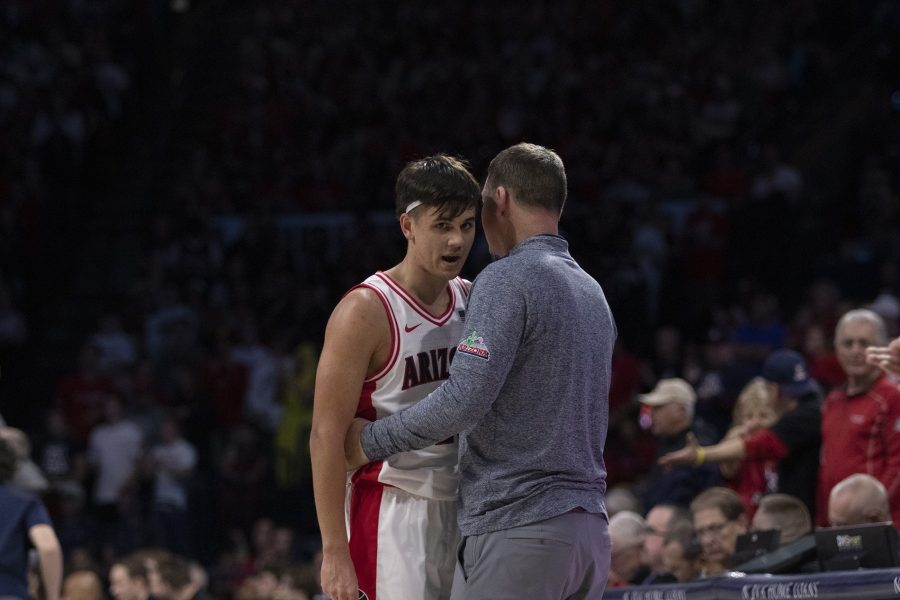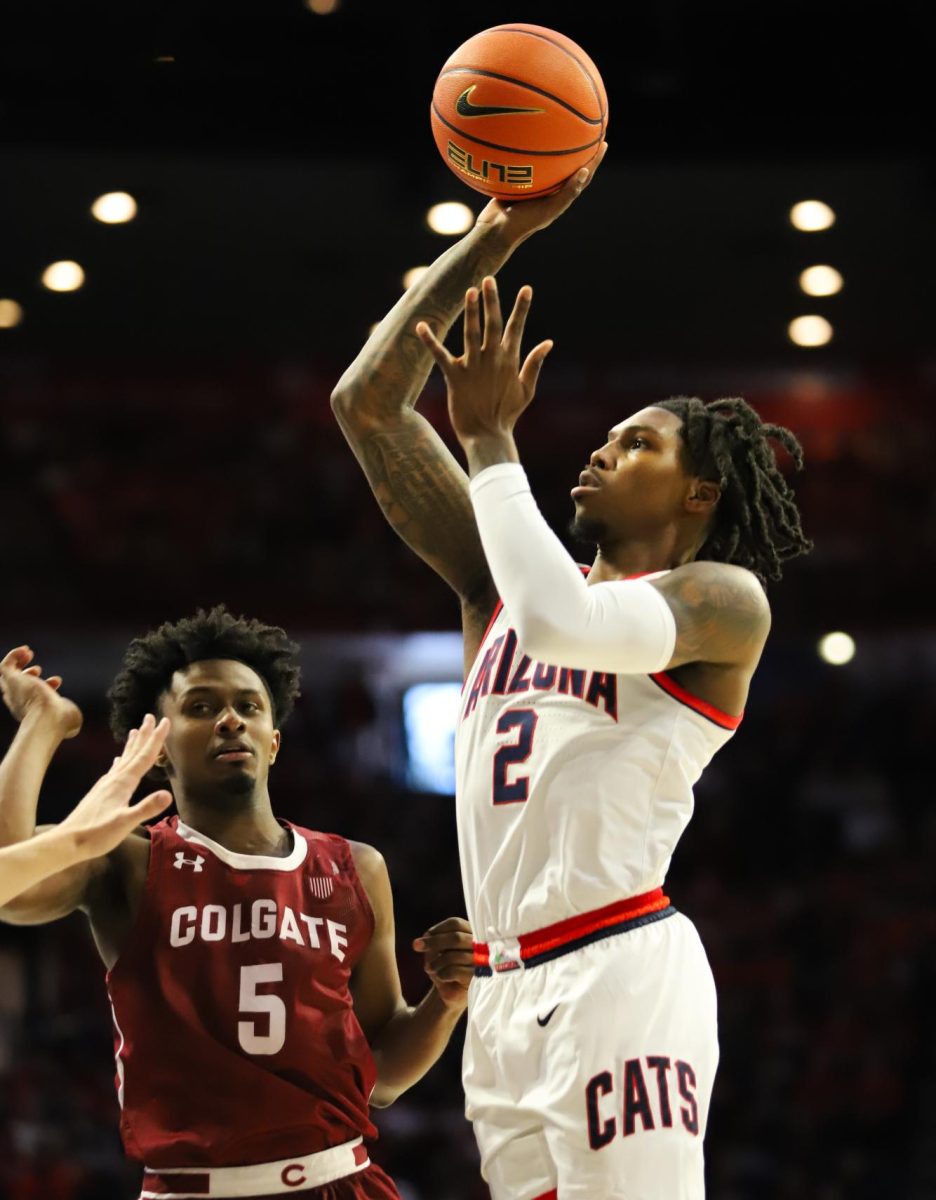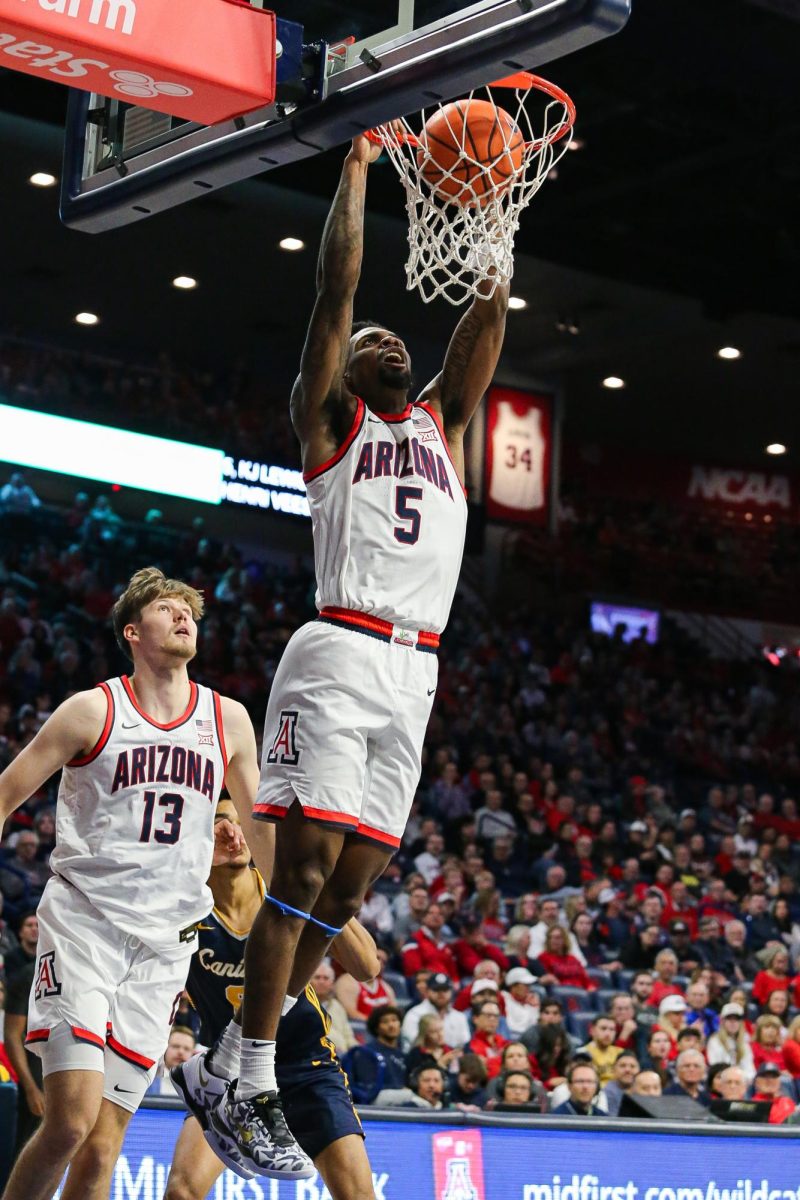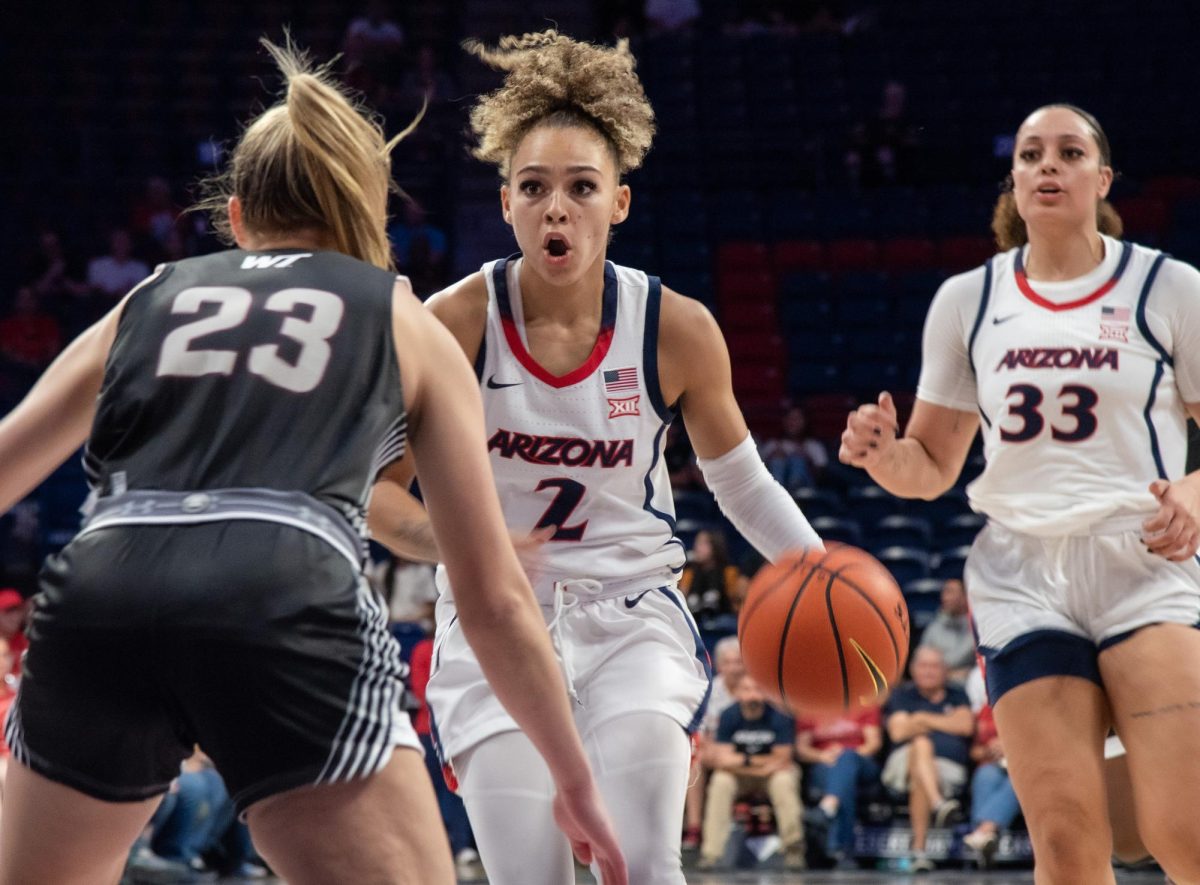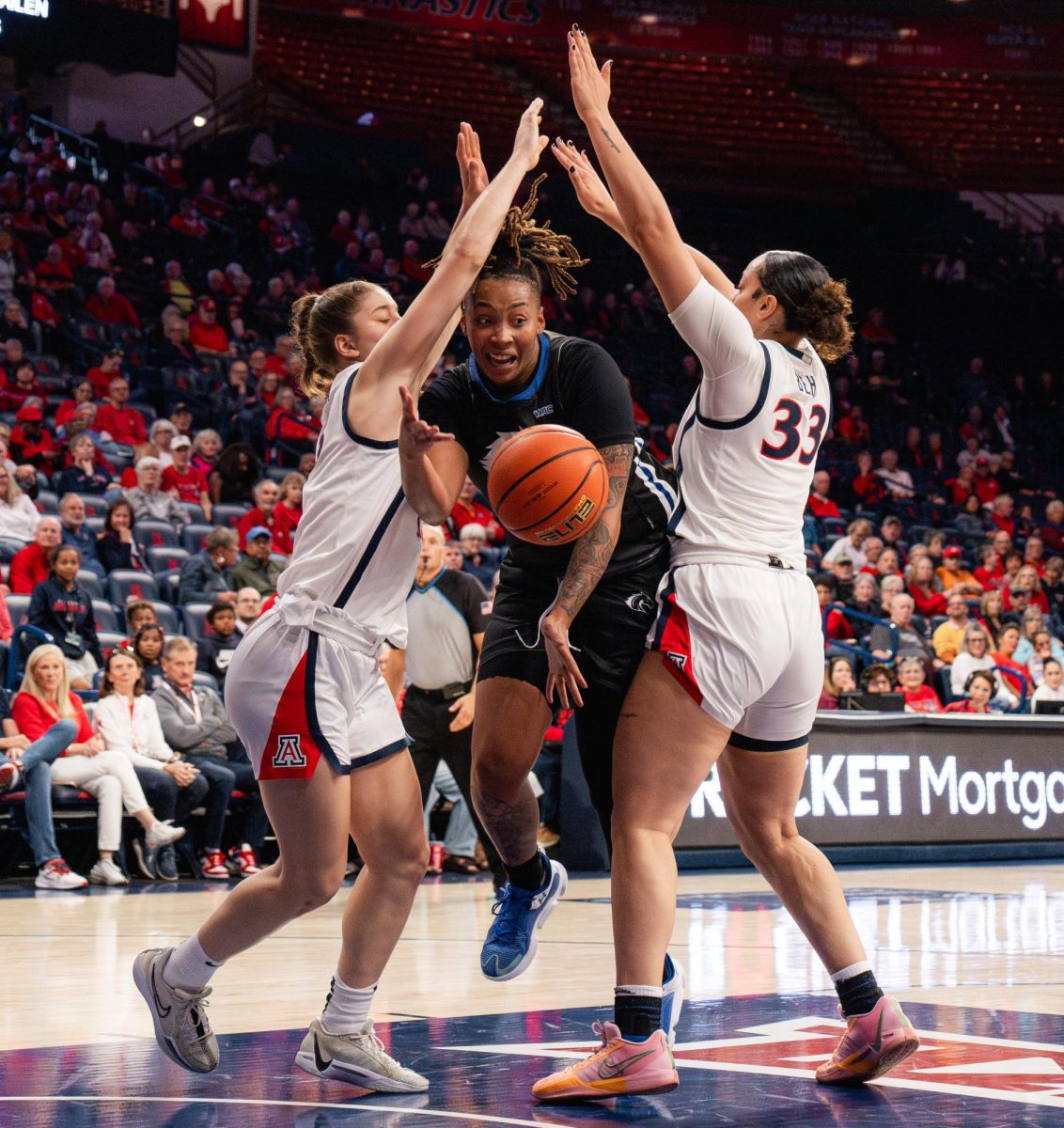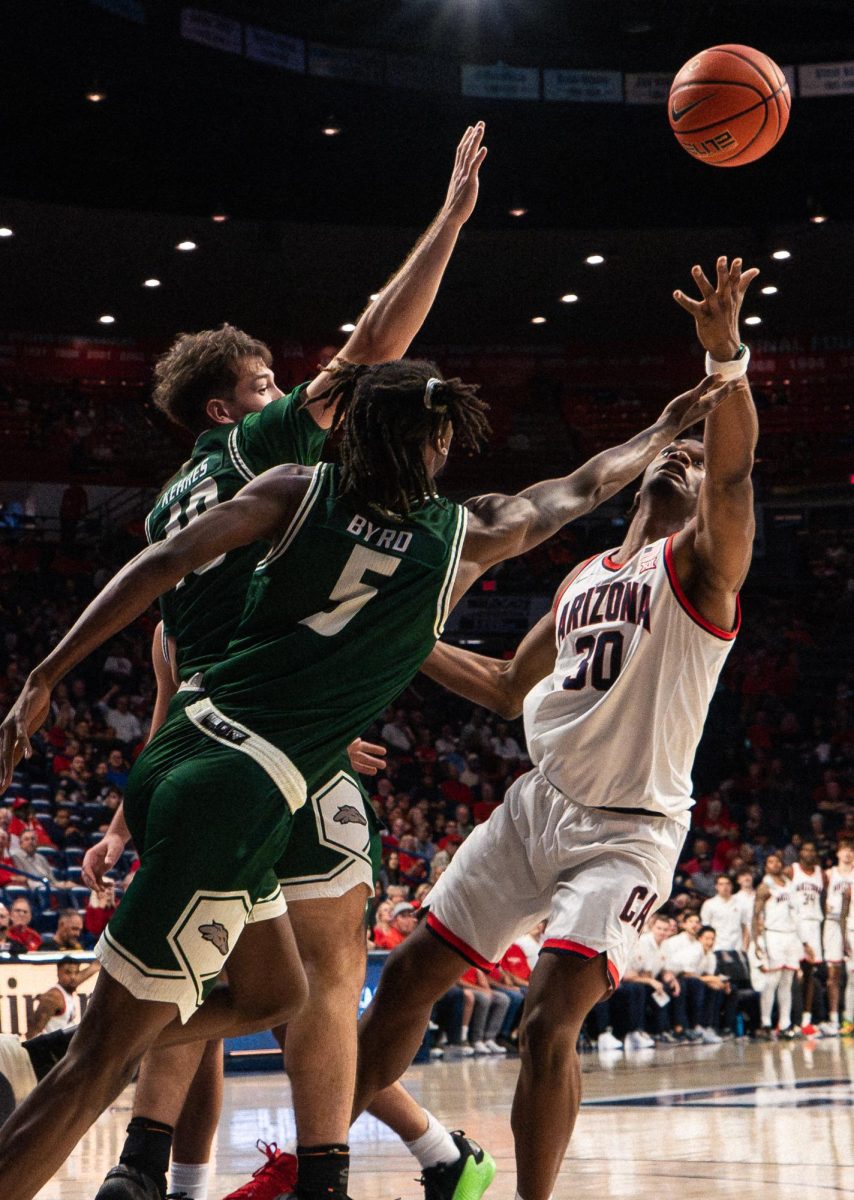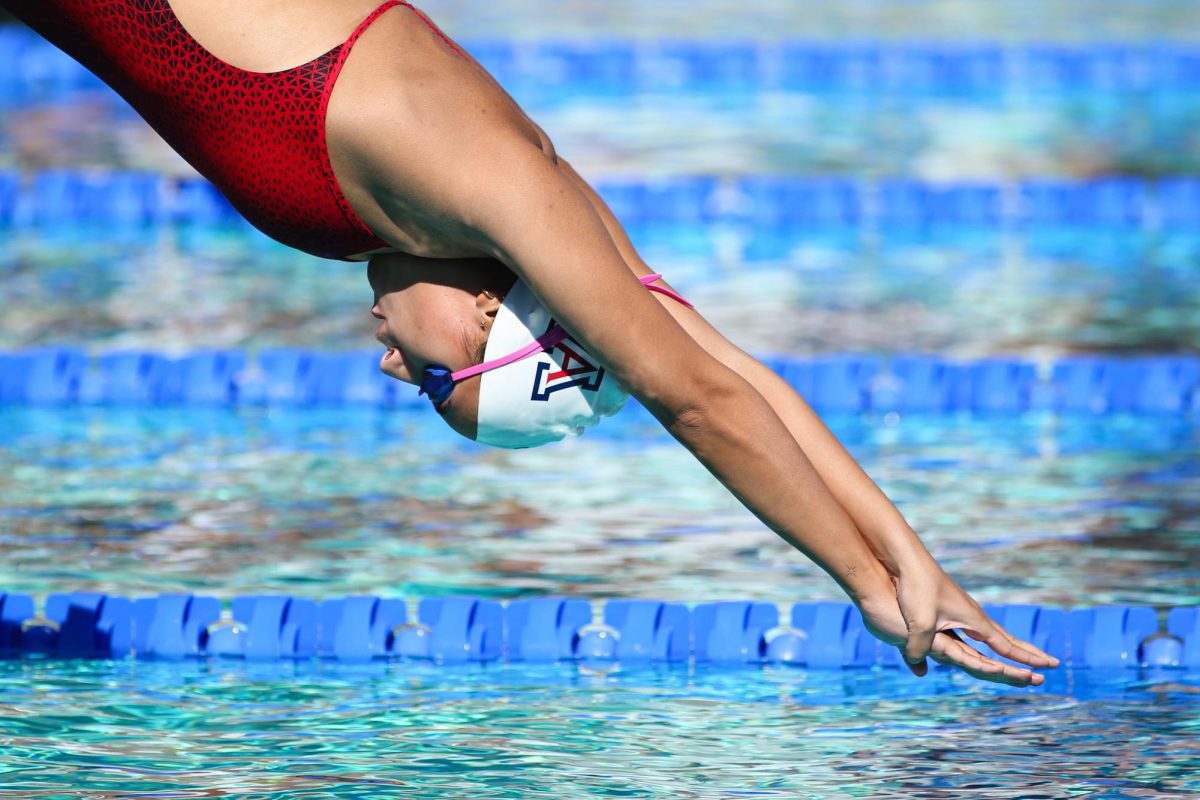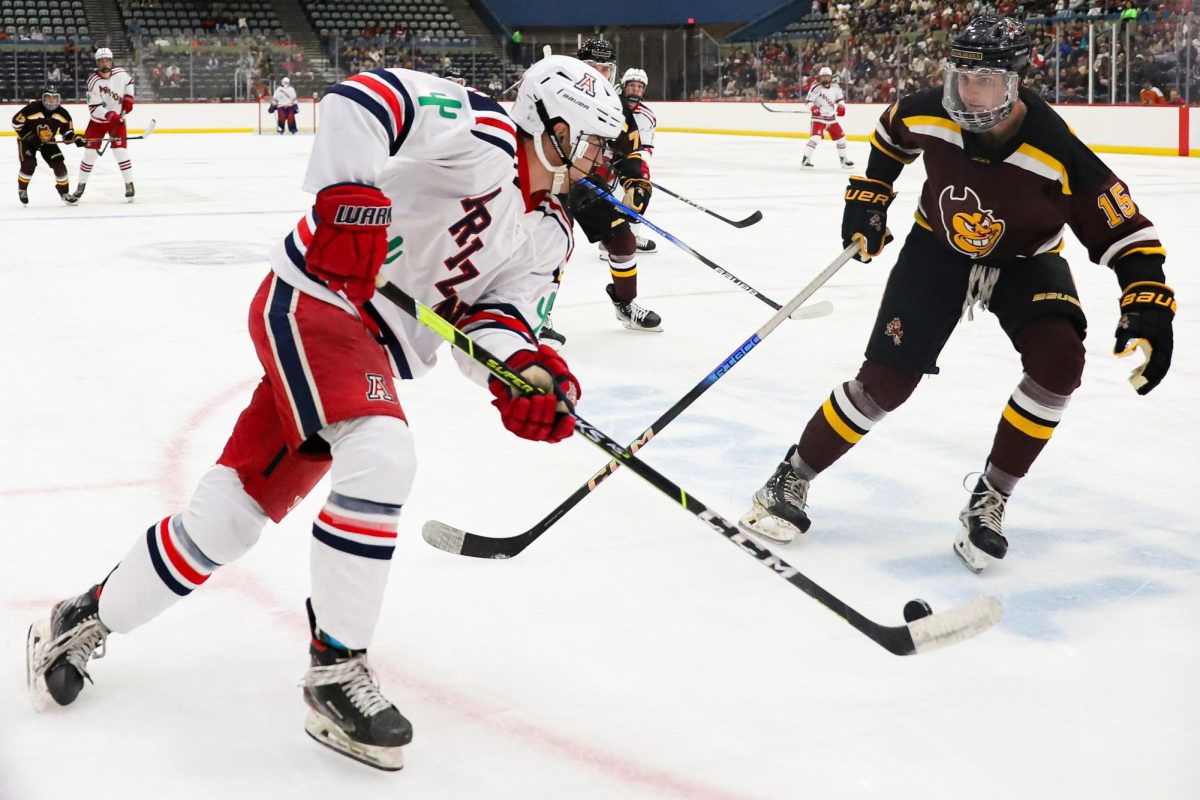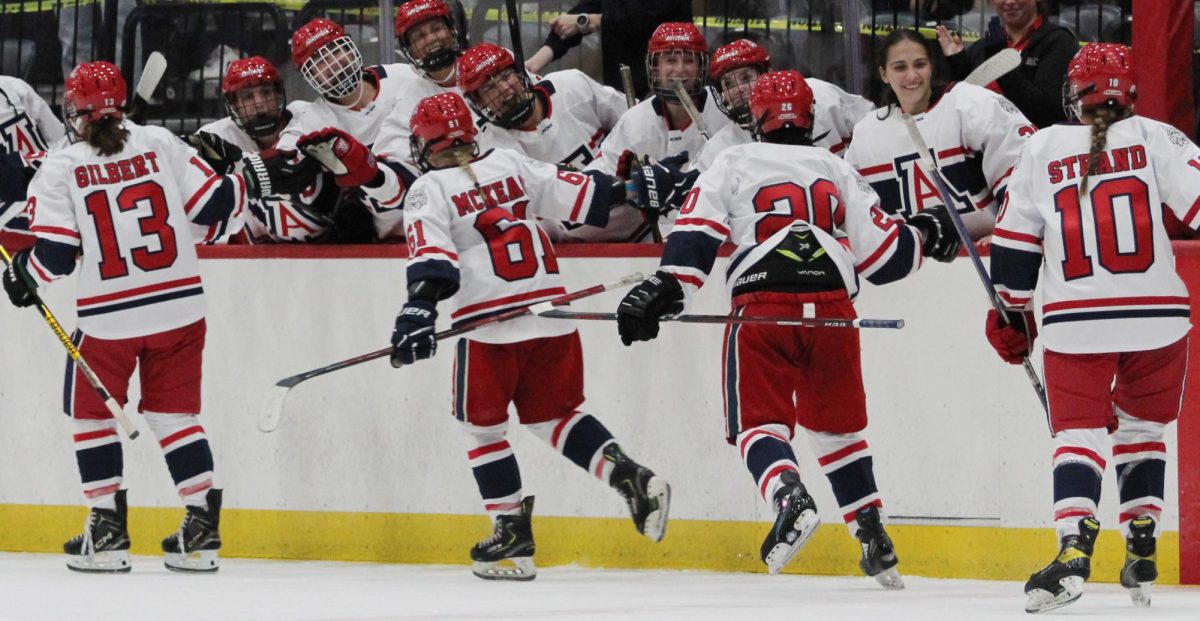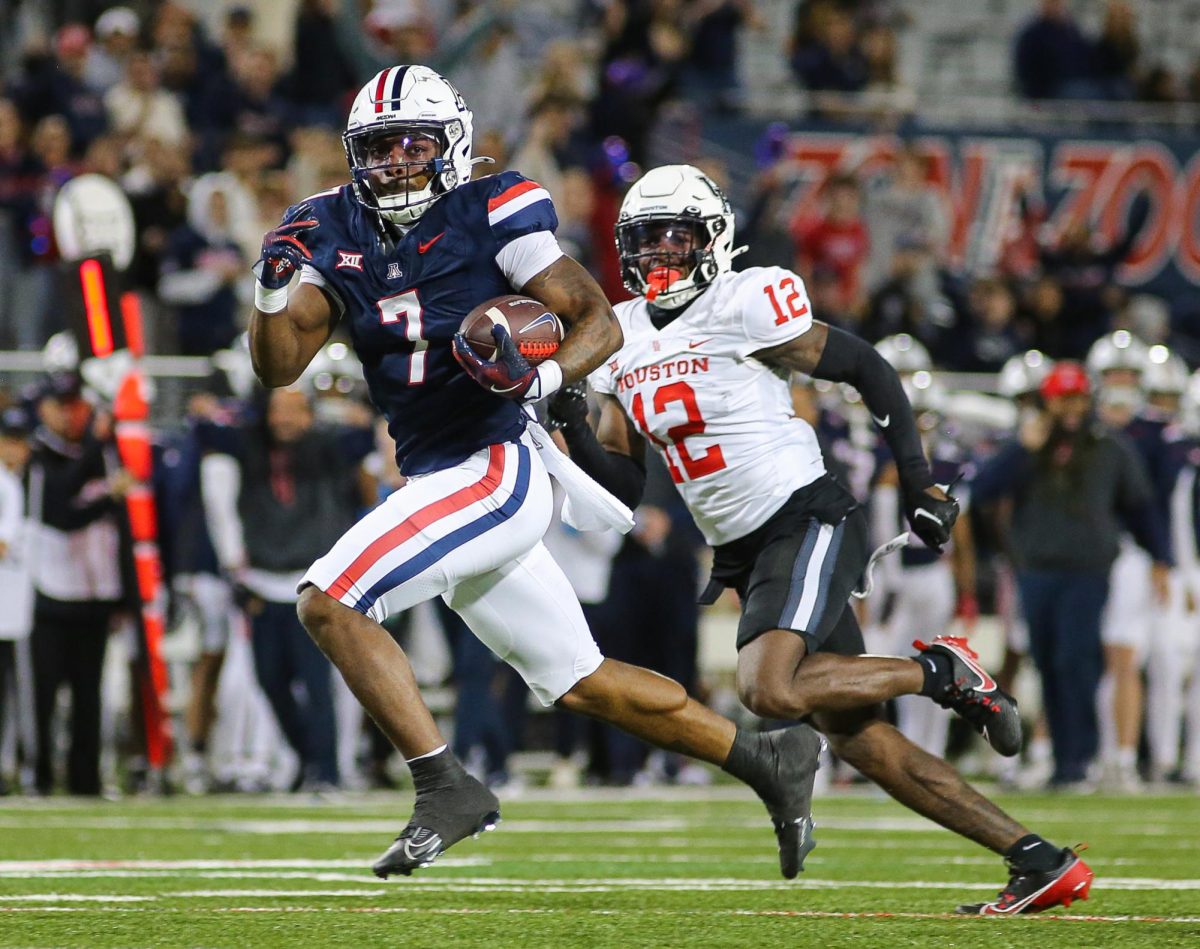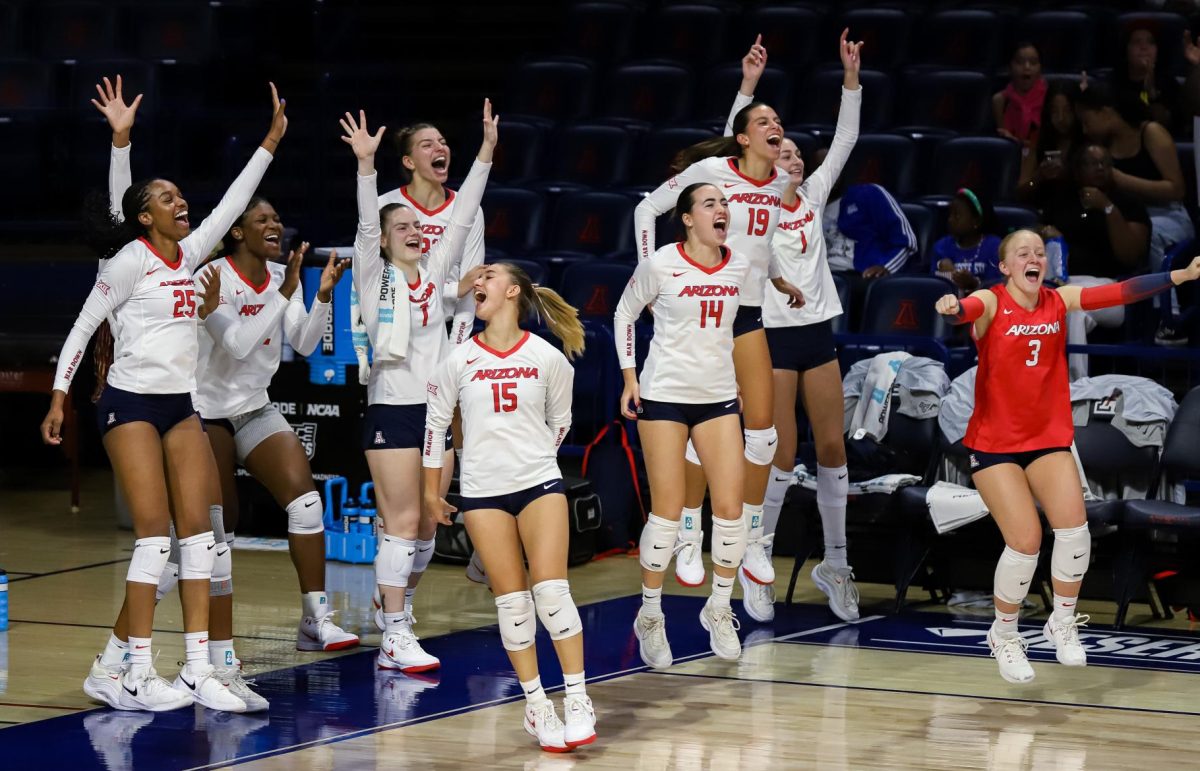Less than a week ago, both the Arizona men’s basketball team and Purdue University were cutting down the nets after winning their conference tournaments.
This week, both teams saw their seasons come to an end in shocking fashion.
Conference champions to complete collapse
On Saturday, March 11, the Arizona men’s basketball team defeated UCLA 61-59 to win its second straight Pac-12 Championship. Less than 24 hours later, Purdue held off a late rally by Pennsylvania State University, beating the Nittany Lions 67-65 to win its second Big Ten Tournament title.
Purdue earned a No. 1 seed with a record of 29-5, while a 28-6 record earned Arizona a No. 2 seed.
Arizona’s opening-round matchup was against No. 15-seeded Princeton University, which was looking to secure its first NCAA Tournament win since the 1998 tournament. Princeton defeated Yale University 74-65 in the Ivy League Tournament championship game, awarding them an automatic bid to the tournament.
Dating back to 1985, No. 2 seeds were a combined 138-10 against No. 15 seeds. However, in just the last two years, No. 2-seeded Ohio State University lost to No. 15-seeded Oral Roberts University in 2021, and the No. 2-seeded University of Kentucky lost to No. 15-seeded Saint Peter’s University in 2022.
Nonetheless, entering Thursday’s game, Arizona was favored by 15 points and was the clear favorite over Princeton. The Wildcats entered their matchup with one of the nation’s top offenses led by junior forward Ažuolas Tubelis, who led the Pac-12 in both scoring and rebounding.
The Wildcats got off to a hot start, jumping out to a 14-6 lead early, but they couldn’t maintain the momentum and only held a 31-30 lead at the half. Arizona looked to have no fight even when leading, as they let a 10-point lead dissipate in the closing eight minutes and ultimately fell to Princeton. Their loss marked the 11th time a No. 15 seed knocked off a No. 2 seed, and it marked the third straight season in which a No. 2 seed fell to a No. 15 seed.
Arizona’s loss was shocking, especially after winning the Pac-12 Championship only days prior to their heartbreaking loss. Yet, their loss was not the biggest upset of the Round of 64.
The biggest upset belonged to the Purdue Boilermakers.
Purdue dominated all season. Their resume included wins over Gonzaga University, Duke University, Marquette University, West Virginia University, the University of Maryland, Michigan State University and Penn State (three times).
They were led by Naismith Men’s College Player of the Year favorite Zach Edey, who ranked sixth in all of college basketball with 22.3 points per game and third with 12.9 rebounds per game.
However, the Boilermakers collapsed in their opening game, as they were unable to pull through when they faced No. 16-seeded Fairleigh Dickinson University. Entering the 2023 tournament, No. 1 seeds were a combined 147-1 against No. 16 seeds, with the lone win coming in the 2018 tournament when the No. 1 seed University of Virginia fell to the No. 16 seed University of Maryland Baltimore County.
Unfortunately, history repeated itself as the No. 1-seeded Boilermakers fell to No. 16-seeded Fairleigh Dickinson by a score of 63-58.
3-Point shooting doomsday
The Arizona Wildcats and the Purdue Boilermakers were both top-ranked squads entering the tournament. Many fans picked both teams to make deep runs in the tournament, and even some fans picked either team to win overall.
Throughout the season, Arizona was known for its elite offense and its ability to control the boards. Specifically, the Wildcats were ranked in the top 10 for average points per game. However, Purdue was well known for their defensive abilities and for holding their opponents to 62.7 points per game.
On paper, these teams look completely different, but as you look deeper into the squads you can identify many similarities. For instance, both teams ranked inside the top 25 in rebounds per game, and both relied heavily on feeding their big men in the post.
Yet, the most important part of play for both teams was their ability to hit 3-pointers.
When either team was hitting their shots from behind the arc, they were dangerous and hard to stop. By hitting their shots from behind the arc, they were able to open the paint because defenses were forced to expand their defense behind the arc to limit the threat of 3-pointers. Throughout the season, Arizona shot 37.8% from deep while Purdue shot 32.2%. However, both teams performed their best when they were efficient from behind the arc.
However, both teams were heavily weakened when they couldn’t get their shots to fall from behind the arc.
Specifically, Purdue shot a combined 25-99 (25.3%) from deep in their five losses combined. Their inability to get shots to fall allowed defenses to play tighter inside the paint and limit Purdue’s ability to feed their big men down low.
Similarly, Arizona shot a combined 50-159 (31.4%) from behind the arc in their six losses prior to the tournament. Furthermore, Arizona shot 3-16 (18.8%) from behind the arc in their loss against Princeton in the Round of 64, while Purdue shot 5-26 (19.2%) from behind the arc in their loss to Fairleigh Dickinson.
Due to their lack of ability to get their shots to fall, both Princeton and Fairleigh Dickinson were able to increase their pressure inside the paint to force mistakes by both teams and offenses, while also limiting either team’s ability to feed the ball down low on every possession.
This caused both Arizona and Purdue to attempt to find alternatives on offense, which ultimately proved unsuccessful and resulted in both teams bowing out early in the 2023 March Madness tournament.
In short
While both teams lacked the ability to shoot 3’s, they also heavily underestimated their opponents.
Neither Purdue nor Arizona seemed to expect their opponents to pose a legitimate threat, as neither team treated the games like the do-or-die situations they were. Both Princeton and Fairleigh Dickson came out fighting and never once looked defeated throughout each of their games.
Princeton was able to prevent Arizona from scoring in the final four minutes of both the first and second halves, allowing them to pull off the stunning upset. Similarly, Fairleigh Dickenson did not allow a Purdue basket for nearly six minutes in the closing minutes of the second half. From 7:09 remaining until there was only 1:29 left, Purdue was outscored 4-0.
By playing aggressively on defense, Fairleigh Dickenson was able to rattle Purdue and limit their ability to counter on defense and pull off the shocking upset in this year’s tournament.
Follow Nathaniel Levin on Twitter



